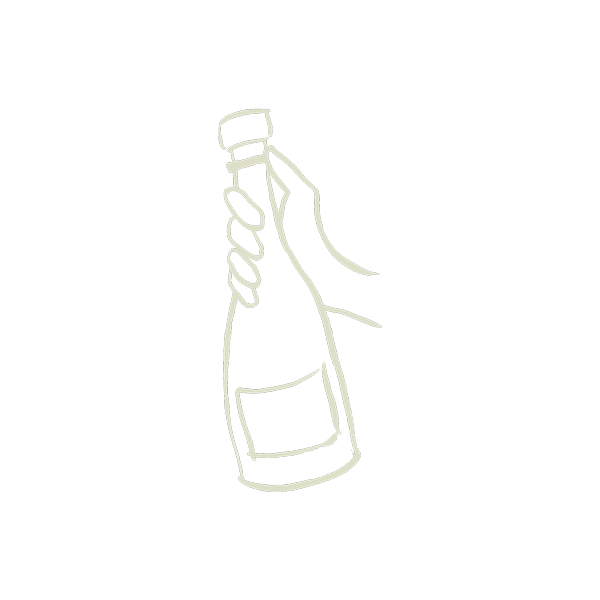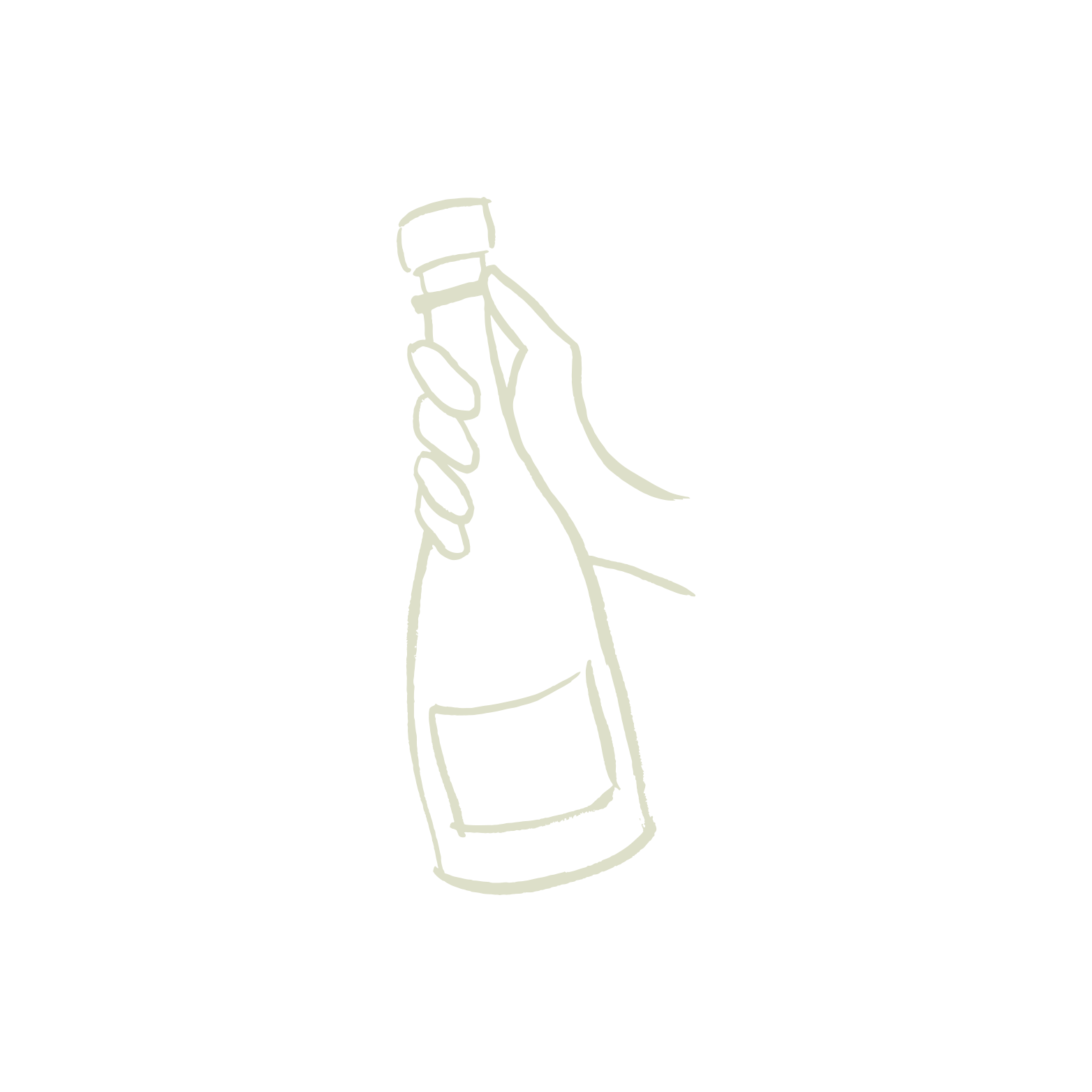The Lowdown on Dosage
What the heck is dosage!? It's the squirt of still wine and sugar that lends balance to many cuvées. Whether you love Brut Nature or prefer a sweet note in your sparklers, read on to get the full story on this winemaking tradition entirely unique to Champagne.

Liqueur d'expédition—sounds like something that the French founders of Québec might have swilled from a rabbit-skin flask. In fact, it’s a solution of still wine and sugar responsible for the balanced quality in many a fine Champagne. In keeping with the méthode champenoise, winemakers add this solution to the bottle after disgorgement and before final corking. The term dosage, which means “dose,” refers to the exact amount—measured in grams per liter—of liqueur d'expédition added to each bottle. If you’re wondering whether this is standard practice in winemaking, the answer is non—this step is entirely unique to Champagne. So, what’s the deal with dosage? Let’s get into it.
Champagne, a Northern hemisphere wine region, has very cool temperatures for growing grapes. Consider that prime growing sites Reims and Epernay—where the average annual temperature is just 50 °F (11°C)—are located at latitudes 49°5 and 49° North respectively, and that vines rarely thrive above 50° North. But thanks to a dual climate, with steady temperatures and a complex weather system influenced by both oceanic and continental systems, winemakers can grow gorgeous, distinct fruit here. However, due to the conditions, this fruit also tends to be very acidic relative to other wine grapes. The dosage step came out of an effort to balance the wine, either correcting for overly intense acid or imparting some level of sweetness to it. Think of dosage the way you think of seasoning a meal with salt and pepper: It’s the finishing touch that brings balance to the whole and emphasizes the flavors of the food.
Before the dosage can occur, winemakers must determine just how much liqueur d'expédition they’ll add to their wine. So they perform a dosage trial—tasting the wines at a range of sweetness levels to determine the exact amount to bring out the beauty of the fruit. In much the same way that bakers might add more or less sugar or salt to their cookie batches, winemakers trial different dosages until they achieve optimal balance between acid and sugar. Every year conditions in the field result in a different yield of grapes, so most vignerons do a dosage trial for every vintage of every cuvée.
Once they’ve determined the dosage, winemakers inject the liqueur d'expédition with an automatic or semi-automatic machine called the doseuse. This machine performs three central tasks: it extracts a little wine from the bottle to make room for the sweet stuff; it adds the precise dose of liqueur d'expédition; and, finally, it tops off the bottle with some of the wine extracted in step one, reserving any extra. Each bottle is immediately sealed with a cork and topped with a wire cage to ensure bubbles stay intact as it journeys from the winery to your table.

Here's fatcork's Bryan Maletis and Iza Feyeux in the Saint-Martin d'Ablois village in Champagne. They're participating in a dosage trial—tasting for the right mix of sugar and acid—of a new 2016 Blanc de Noirs from Nicholas and Clotilde Ducos of Didier-Ducos. You can now find this cuvée at the fatcork cave!
Back in the 19th century, all Champagnes were relatively sweet, but there were no fixed categories that referred to the amount of added sugar. The three major markets—Russia, America, and the UK all had their sweetness preference, and Champagne makers dosed the wine according to goût russe, goût américain, and goût anglais. The Brits, who’ve always been big Champagne buyers, started demanding that their beloved sparklers veer a little dryer. Legend has it that frustrated winemakers in Champagne began referring to these customers as the “British bruts,” and that’s how the term brut came to mean a dry Champagne.

While Scandinavia remains a ready market for doux and demi-sec Champagnes, today, most Champagne drinkers veer towards dryer wines, which makes sense considering the richness of our diets compared to leaner times. Meanwhile at Champagne-forward bars and restaurants, staff are reporting increasing requests for Champagne types “brut” and “extra brut” over brand names like Veuve or Moët. This is true of wine generally—with sales of dessert wines on the decline—and, even more broadly, with all food and drink. Note the preponderance of pickles on restaurant menus and the dry and acidic bottled drinks—sugar-free seltzer, kombucha, unsweetened green tea—occupying cold-case real estate once reserved for colas.
The driest Champagnes are brut nature or extra brut, and sometimes contain no liqueur d'expédition at all. Skipping dosage requires incredible finesse during the growing stage, with considerable attention to sunlight and other factors to coax sweetness in this cool climate. In keeping with generational tendencies, younger winemakers in Champagne’s legacy families are experimenting with fresh, dryer styles. Because only the best fruit can be used in these wines, Champagne fans with dryer palates tend to want to taste as many as they can. With that, we are here to help: You’ll find a great array of no-dosage cuvées on the fatcork site.
Cheers,
Team fatcork!

